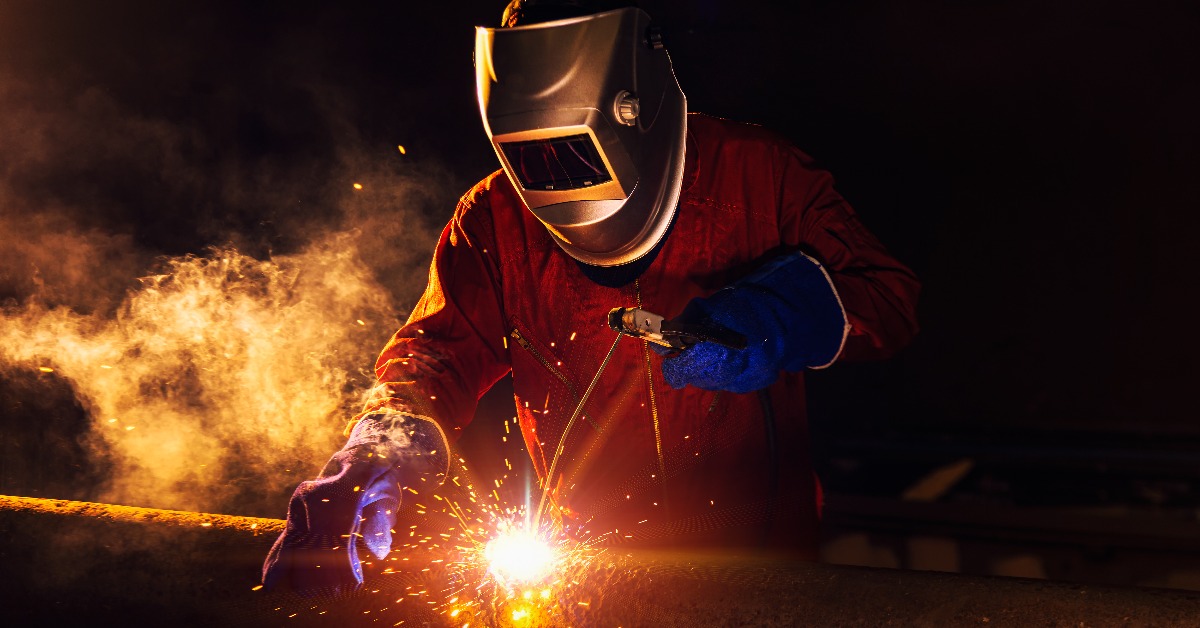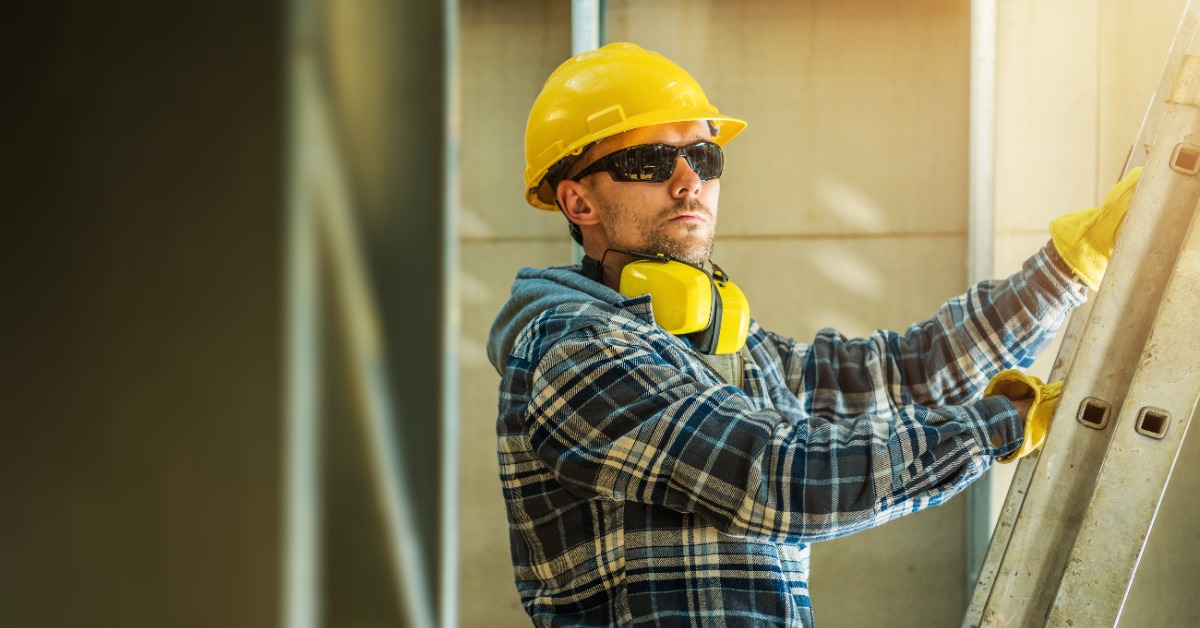Welding is an essential job for many industries, however, it can also be dangerous for welders who are exposed to hazardous substances in the form of welding fume and various chemicals. It is important that welders and employers take steps to protect workers from these risks in order to keep them safe.
Welding fume is made up of tiny particles of hazardous substances including metals, chemicals, and gases. These substances can enter the lungs and bloodstream, leading to a range of health issues such as respiratory diseases, cancer, and skin problems. The exact composition of welding fumes can vary depending on the type of welding being done.
Common chemicals that welders may be exposed to include:
- manganese
- zinc
- lead
- nickel
- chromium
- copper
These chemicals can cause a range of health issues, such as respiratory illnesses, neurological damage, and even cancer.
In order to protect welders from the risks of welding fume and chemical exposure, it is important that employers complete personal exposure monitoring. This involves monitoring the air quality in welding areas and measuring the levels of hazardous substances in the air. This will help employers identify any potential risks and take steps to reduce exposure.
The need for personal exposure monitoring was highlighted in a recent report from Worksafe NZ. The report noted that employers have a responsibility to ensure the safety of welders by measuring and monitoring the levels of hazardous substances in the air. It also stressed the importance of providing protective equipment and ventilation systems to welders. This equipment can help to reduce the risk of exposure to welding fume and chemicals.
It is also important that welders take safety precautions when welding and ensure that they are wearing the right protective gear. This includes wearing a respirator, protective clothing, and eye protection.
Overall, it is clear that welding can expose workers to hazardous substances and it is important that employers take the necessary steps to protect their workers. Personal exposure monitoring is an important part of this process, as it helps employers identify potential risks and take steps to reduce exposure. Additionally, welders must take safety precautions and wear the right protective gear when welding.





